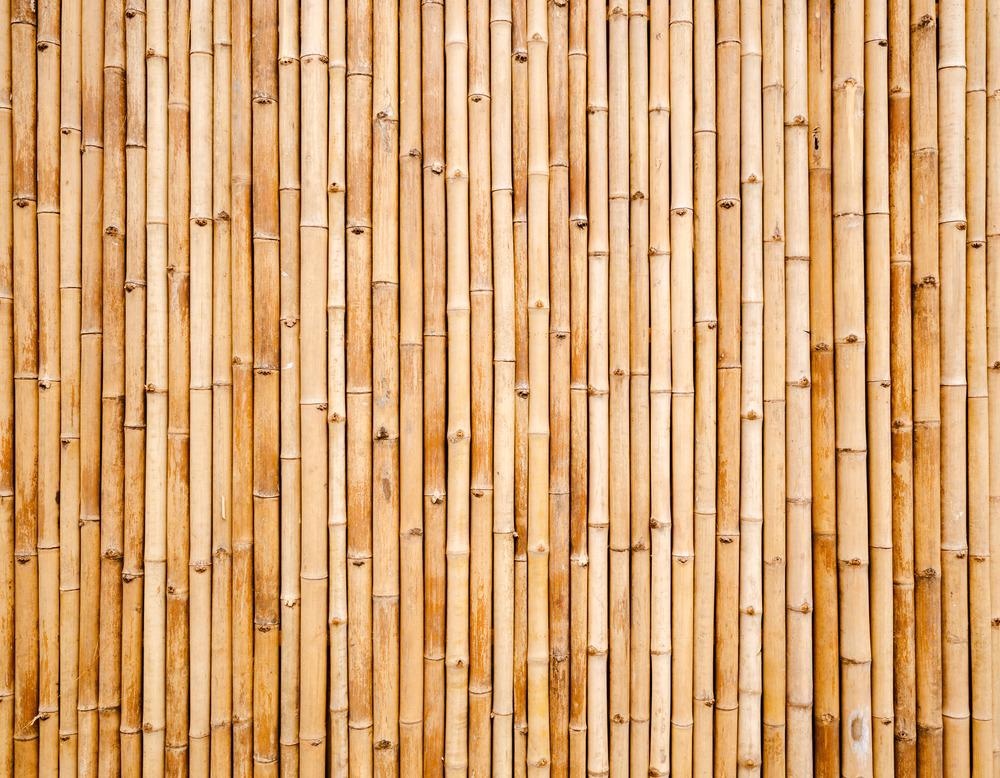Researchers from China have published research in the journal Composites Part A focusing on TiO2 coated bamboo via surface modification resulting in a vast improvement in surface properties.

Study: Surface Property Enhancement of Bamboo by Inorganic Materials Coating with Extended Functional Applications. Image Credit: karanik yimpat/Shutterstock.com
Why Bamboo is Important
With tremendous economic and population expansion, the requirement for wood in the building, paper-making, textile, and woodwork industries is expanding. However, to address the issue of excessive CO2 emissions, several governments have implemented stringent policies to conserve natural resources in recent times. As a result, the disparity between worldwide wood market forces is becoming more visible.
Bamboo, on the other hand, offers benefits such as durability, rapid growth, good ecological adaptation, early formation, a high strength-to-weight ratio, and outstanding mechanical qualities. Bamboo is currently thought to be a viable alternative to wood.
Limitations with Usage of Bamboo
However, as a type of biomass material, two primary deficiencies must be addressed as soon as possible. Bamboo contains a lot of carbohydrates, polysaccharides, and other nutrients. Without any particular treatment, the surface of bamboo is rich in hydrophilic groups (such as –OH), and there are susceptible linkages inside the lignin.
Thus, bamboo is easily contaminated by moulds and disintegrating fungi, leading to the loss of stiffness and thickness, which has a serious impact on its commensurate life span. Bamboo is also susceptible to water permeability and photocatalytic degradation reactions, resulting in a worsened elastic modulus and ageing.
Importance of Surface Modification
Keeping in mind the problems raised above, it is vital to enhance bamboo's stability and ageing resistance to increase its market awareness. Among the numerous ways discussed, surface modification is convenient and easy to execute without affecting the inherent structure and properties or chemical characteristics of bamboo, and it may also give bamboo new functionalities to boost its economic benefit.
Surface Modification Methods
Many physicochemical approaches, including ɣ-ray treatments, thermal treatment, acetylation therapies, and resin alteration, are now being employed to improve the qualities of bamboo goods and broaden their application sectors. ɣ-ray treatment may successfully prevent mould invasion and has the benefits of large efficiency, low emissions, and cheap cost; nevertheless, a high ionizing dosage will result in a loss of mechanical characteristics.
Furthermore, this procedure necessitates the use of skilled operators, and there are still worries regarding potential radiation leftovers. According to reports, the thermomechanical treatment causes hemicellulose breakdown and dehydrated polymerisation of hydroxyl functional units, enhancing the structural accuracy of bamboo.
Limitations of Surface Modification Methods
Although these methods seem very advantageous, several limitations exist during their implementation. The industrial uses of surface modification methods are limited due to drawbacks such as low efficiency and high energy consumption, as well as generated environmental damage.
The methods described above only address specific stiffness in terms of active compounds, but they do not provide bamboo with a hydrophobic surface. These methods, however, are time-intensive, unsuited for scale manufacturing, and need specialised equipment or severe preparation methods. Furthermore, most impregnates are dirty, poisonous, and very volatile in some situations, such as cold temperature, moisture, or light, restricting the application of bamboo-based products.
Research Findings
A novel simple approach for effectively altering TiO2 on the exterior of bamboo using KH570 as a silane coupling agent has been used. According to the FTIR and XPS data, the compositional process involved covalent bonding and hydrogen bonding connections.
The produced composites had increased tensile stability with enhancement ratios of 39.6 percent, 20.6 percent, 30.7 percent, and 52.14 percent for MOR, MOE, strength properties, and compressive strength parallel to the grain, respectively. Furthermore, surface hydrophobicity, colour durability, self-cleaning performance, and mildew resistance were all improved following surface modification.
Electromagnetic wave analysis yielded an optimum maximum frequency bandwidth of up to 3.11 GHz. Further research indicated that when the structure method is merged with industrialised "bamboo flattening" technology, an innovative bamboo-based decorative veneer substance with the aforementioned good physical and mechanical characteristics and EMW absorption capacities can be developed.
In brief, the most recent research revealed a possibly commercial method of high-value bamboo consumption.
Further Reading
Wang, Qiuyi, et al. 2022. Surface Property Enhancement of Bamboo by Inorganic Materials Coating with Extended Functional Applications. Composites Part A: Applied Science and Manufacturing. 106848. Available at: https://www.sciencedirect.com/science/article/pii/S1359835X22000422?via%3Dihub
Disclaimer: The views expressed here are those of the author expressed in their private capacity and do not necessarily represent the views of AZoM.com Limited T/A AZoNetwork the owner and operator of this website. This disclaimer forms part of the Terms and conditions of use of this website.